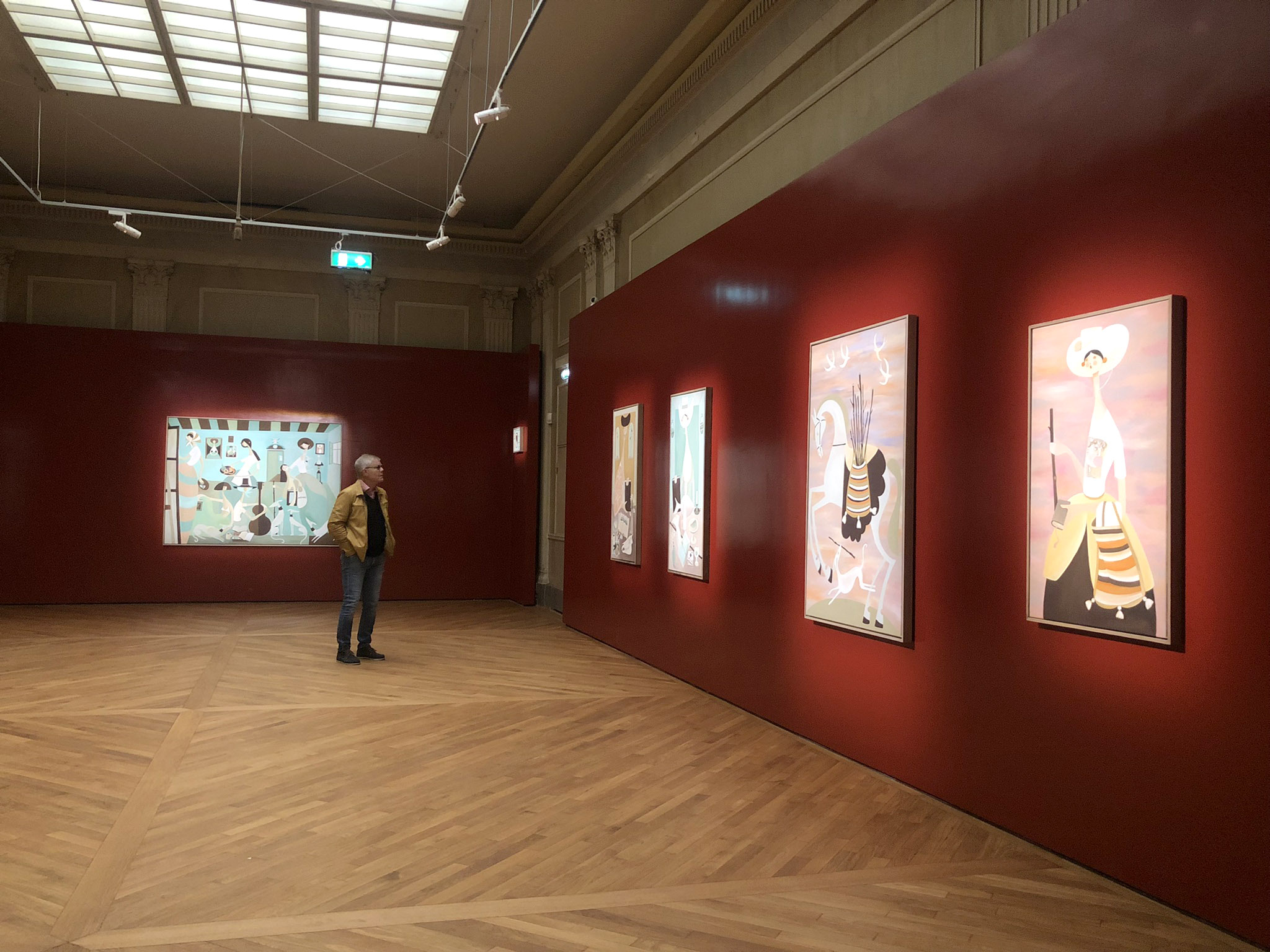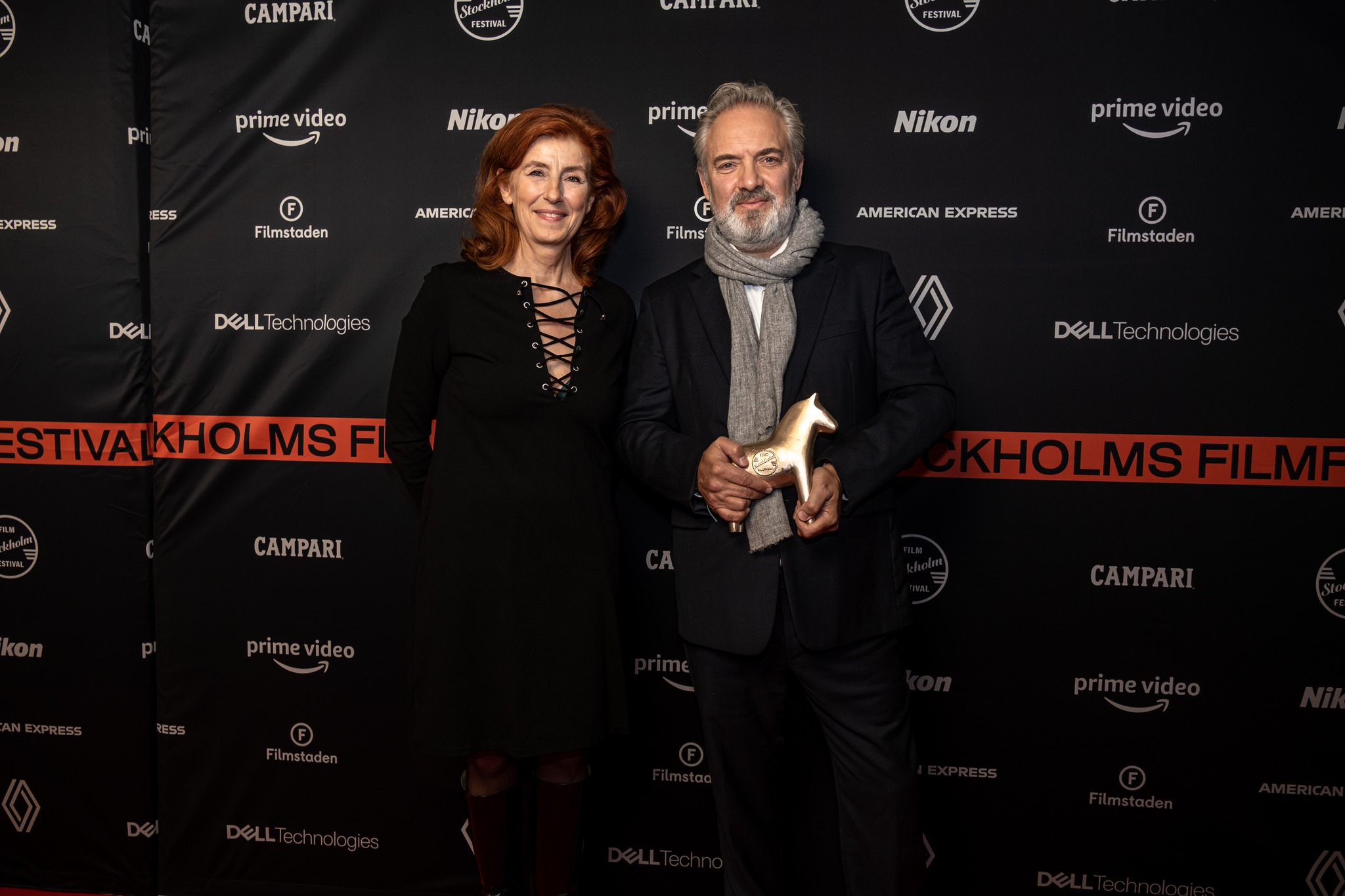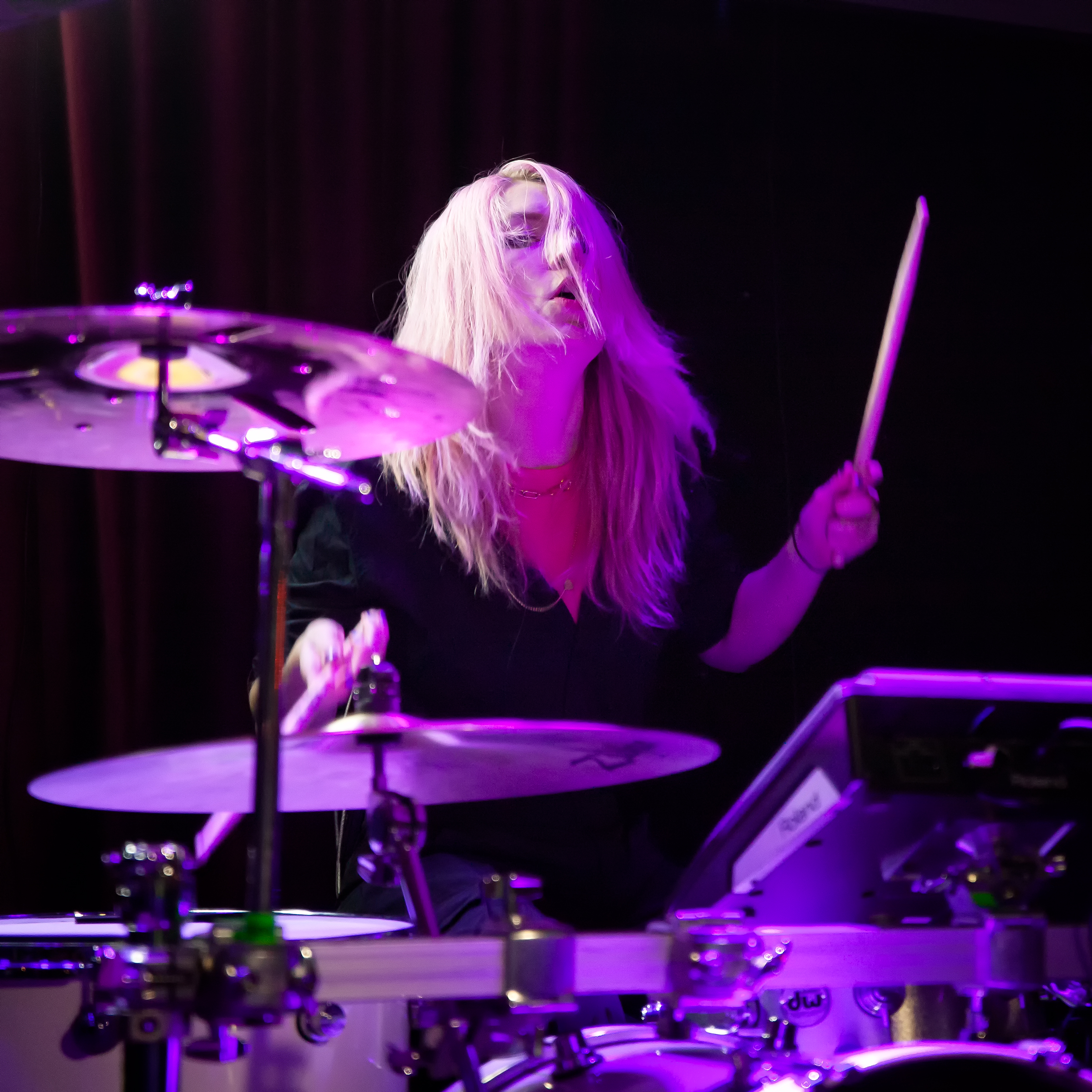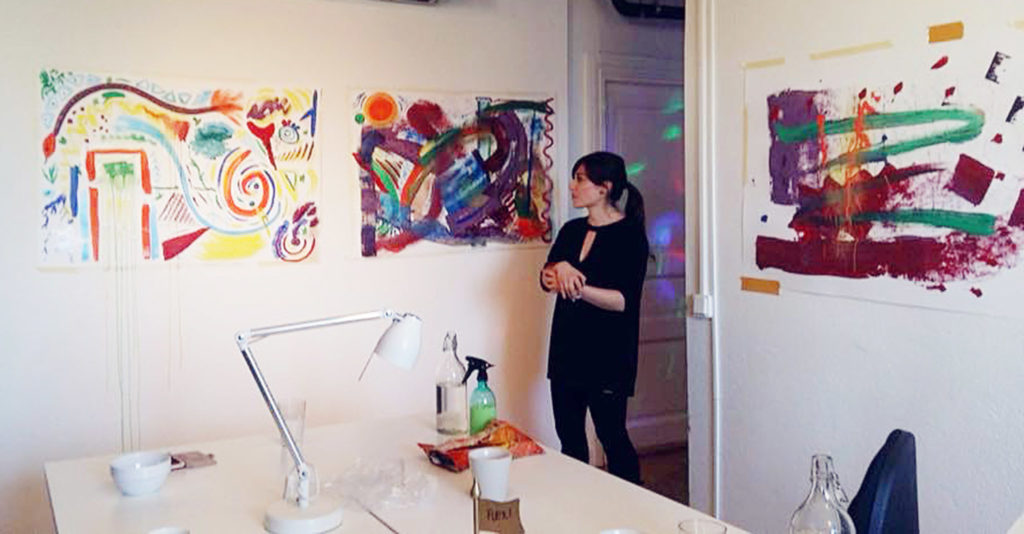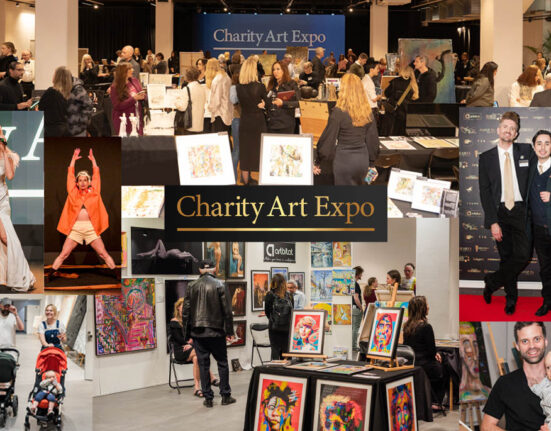What exactly is art therapy and who is it for? We asked Stockholm-based art therapist Emma Ehrenthal to explain to our readers what it is that she really does.
As an artist, I am not great with words, I am a visual learner and I love teaching through experiences. But I quickly learned that it was not practical to pull out a canvas and paints every time someone asked what my profession was. Not only are paints and canvas very difficult to have on hand, but I also began to see the value in explaining my work through words.
Most people feel anxious when asked to jump into the creative processes with a stranger. Engaging in art making is entering into an unknown, and my role as an art therapist is to be a guide through this adventure. It is my job to explain art therapy in a way that provides enough structure for the questioner to gain a sense of competency while allowing freedom for self-directed creativity.
The American Art Therapy Association defines art therapy as, “an integrative mental health and human services profession that enriches the lives of individuals, families, and communities through active art-making, creative process, applied psychological theory, and human experience with in a psychotherapeutic relationship.” In this article I will break down the meaning of this definition.
Art psychotherapy or art as therapy?
The definition begins with: “An integrative mental health and human services profession”. I believe this refers to whether we are talking about art psychotherapy or art as therapy. In my experience people try to divide art therapy into two main styles; a psychoanalytical approach to mental health that incorporates “analyzing art work”, or a “holistic approach” that believes the processes of creating increase well-being. Both are valid integrated parts of art therapy.
I am often asked: “are you analyzing my art work?” The short answer is no. For a diagnostic assessment there are strict guidelines as formulated by the Diagnostic Drawing Series. The accurate answer is: I am taking the time to learn about you. Art can be a tool for communication and connection. Art therapists use art with clients as a tool for gathering information and assisting clients in treatment, self-exploration, development growth, integration, and healing.
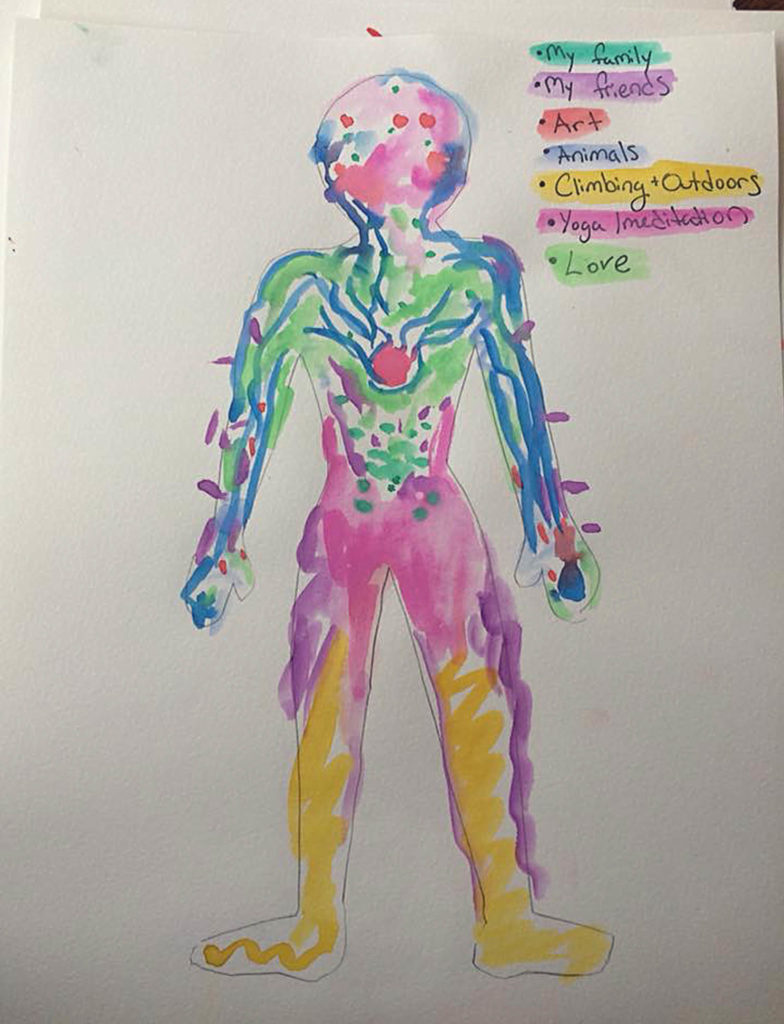
Where and with whom?
Who is art therapy for? Some people assume art therapy is only for children, artists, or the artwork itself. The definition continues: “Enriches the lives of individuals, families, and communities”. Art therapy can be used with all populations in a wide variety of settings. Individual support can be provided to people of all ages and it all usually takes place in counseling settings. Art therapy can be adapted to support individuals of all artistic abilities, cognitive functioning, and ages. I myself offer individual art therapy sessions in a private practice setting at a wellness center in Bromma, Mayakliniken.
Art therapy can be used with families and groups. Creating together is another form of communication, and it can be used in these settings to increase collaboration, show patterns of communication, and be an interactive form of team-building. For example, I have facilitated community-based art therapy workshops focused on team-building in the work environment at the Castle in Stockholm, an empathy workshop at Grow Internationals in Stockholm, and expressive arts workshop for self development at Yogapalatset in Bromma.
What does an art therapy session look like?
Most importantly it is not about having “artistic ability”. As an art therapist I work as a “third hand”, I bring my knowledge of the materials into our work to help lessen the anxiety when you explore the materials. Sometimes this includes assisting you in creating an image that will look the way you imagine it. Mostly it is about creating a supportive environment that decreases stress and anxiety in the creative processes.
The sessions don’t always have to include making art. I also provide talk therapy, guided visualizations, breath work, and other stress reduction practices that are not art-based. The definition goes on with “active art-making, creative process, applied psychological theory” , which includes other forms of counseling approaches as well. My work is formed from a positive developmental psychology theory; which combines positive psychology, attachment theory, and trauma informed support. I offer mindfulness, somatic, play and creative based interventions. I work with all ages and provide counseling services in English.

Who can be an art therapist?
The last part of the definition is “within a psychotherapeutic relationship”. The most important part of the work is relational, and this relationship can include the art therapist and the art work.
I began my work as an art therapist during my bachelor’s studies at University of the Arts, where I studied painting and art therapy. I worked in an outpatient setting for aging clients, assisting in an art therapy group for people in the processes of losing their eyesight and another group for Alzheimer’s. I continued my education at Naropa University, with a Master’s in Transpersonal Counseling Psychology and Art Therapy. Transpersonal counseling is a mindfulness based approach to therapy, that incorporates mind, body and soul. With this program I worked in Cambodia, with children and families who had survived traumatic events. I also worked in a hospice setting providing grief support to families and individuals, as well as end-of-life counseling, and wellness support to caregivers and staff. I continued to work as an art therapist in a residential setting for adolescents ages thirteen to eighteen. Before moving to Stockholm I worked in a mental health clinic with children, individuals, families, and parent support.
If you are interested in learning through experience please join me at Yogapalatset, for a creativity-based workshop on May 26th – Facebook event. More information on individual and group support, as well as upcoming workshops can be found at emmaehrenthal.com.


